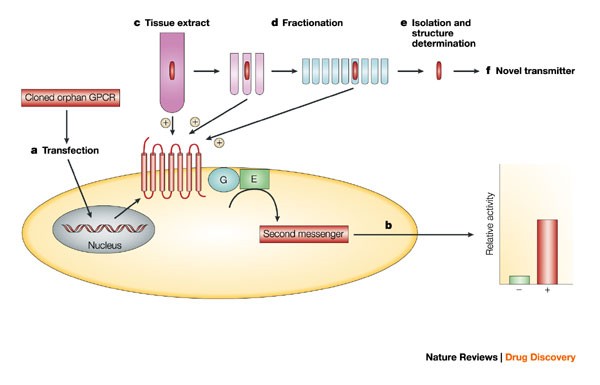
Ultraweak Photon Emissions: Revealing the Invisible Radiance of Life
Researchers are delving into an unexplored aspect of biology—light emissions so subtle that they evade the detection of the unaided eye, yet so revealing that they possess the potential to transform non-invasive monitoring in both medicine and agriculture. Referred to as ultraweak photon emissions (UPE), this occurrence has been identified across all living beings and is aiding scientists in monitoring physiological variations, stress responses, and even potentially distinguishing between life and death.
What Are Ultraweak Photon Emissions?
Distinct from bioluminescence—the bright, visible light produced by fireflies and some marine species—UPE is an understated, almost indiscernible light that is constantly emitted by all living organisms. Emission rates generally vary from merely 10 to 1,000 photons per square centimeter per second, an intensity far too weak for the human eye to perceive unaided.
Scientists at the University of Calgary and the National Research Council of Canada have created advanced imaging technologies, including EMCCD (Electron-Multiplying Charge-Coupled Device) cameras, capable of detecting these single photons. These systems achieve an impressive detection efficiency of over 95% within the visible light spectrum, enabling researchers to analyze UPE with unparalleled precision.
The precise origin of these emissions remains an area of ongoing research. Nonetheless, current theories associate UPE with reactive oxygen species (ROS), metabolic activity, and other biochemical processes taking place within living cells.
Life vs. Death: An Illuminated Contrast
One of the most remarkable findings from this research is the disparity in UPE levels observed between living and recently deceased animals. In controlled studies using laboratory mice, the researchers maintained a stable body temperature of 37°C for both living and euthanized subjects. Despite the constant temperature, photon emissions significantly decreased after death.
“The UPE imaging findings demonstrate that live mice consistently display a markedly higher UPE intensity in comparison to their deceased counterparts,” the researchers noted in their ACS Photonics publication. This insight implies that a critical aspect of life—potentially linked to active metabolism—plays a role in these subtle light emissions.
Such revelations pave the way for a myriad of biomedical possibilities, including:
– Non-invasive metabolic assessments
– Real-time monitoring of physiological states
– Early identification of stress or sickness
– Improved comprehension of cellular and biochemical pathways
Revealing Plant Response to Stress
The team expanded their research to include plant models as well, utilizing Arabidopsis thaliana—a widely studied species in genetic and physiological investigations. Plants subjected to heat stress displayed a significant increase in light emissions. Notably, emissions peaked before sharply declining when temperatures exceeded 36°C, indicating that excessive heat disrupts the mechanisms responsible for light production.
Physical damage to plant tissues, such as leaf injuries, elicited immediate spikes in UPE. When various substances were applied to the wounds, the researchers noted variations in light intensity—creating a potential approach to assess tissue stress or damage at the cellular level.
Unexpected Findings with Benzocaine
Among the chemical treatments administered following plant injury, benzocaine—a commonly used anesthetic—yielded the most intense photon emissions, even exceeding those of hydrogen peroxide, a substance known to enhance UPE. This surprising discovery hints at a possible unknown connection between benzocaine, ROS production, and light-emitting biological responses.
“The level of UPE emission from the injury site treated with benzocaine was significantly greater than that of hydrogen peroxide,” the researchers reported.
Whether this phenomenon results from ROS-associated processes, signaling proteins, or an entirely new mechanism remains to be determined through further investigations.
The Potential for Practical Uses
Although still an emerging discipline, UPE imaging technology carries transformative potential:
For agriculture:
– Allows early recognition of plant stress due to drought, temperature fluctuations, pests, or nutrient shortages
– Provides a non-invasive substitute for conventional health-testing techniques
– Could lead to more accurate and sustainable farming approaches
For medicine:
– Enables real-time, label-free observations of metabolic and physiological activities
– May assist in identifying diseases or anomalies in their early, pre-symptomatic stages
– Opens avenues for safer and less invasive medical diagnostics
As imaging technologies advance in sensitivity and portability, the practical uses of monitoring an organism’s ultraweak luminescence are rapidly becoming achievable.
What Lies Ahead?
While the study of UPE is still in its nascent stages, its implications are significant. It encourages a deeper examination of the energy flows that power biological functions and enhances our comprehension of life processes that remain elusive to traditional methodologies. With ongoing research, UPE imaging is poised to become an essential element of innovative biomedicine, agricultural diagnostics, and cellular biology.
In essence, UPE provides a fresh perspective—both literally and metaphorically—through which to observe the delicate balances that nurture life. Through these ethereal gleams, researchers are starting to uncover an entirely new layer of living systems.
Uncover the Hidden Light Within
As our tools for